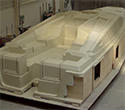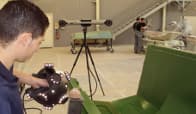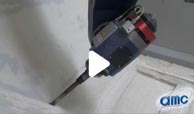Mould design
Various manufacturing processes impacting the technicality of the moulds are now implemented in the composites industry. There are 3 widely used principles :
- Contact moulding
- Infusion moulding
- RTM
Contact moulding
Despite the emergence of infusion moulding and RTM, contact moulding still remains widely used due its low cost and easy implementation.
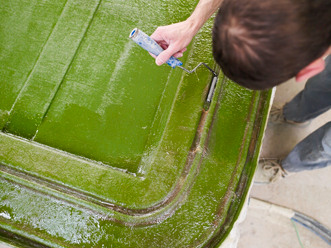
Infusion moulding
Infusion moulds and contact moulds are manufactured using similar processes, the only difference being the technical flange which varies according to customer requirements, especially its width.
Although this process is less expensive in terms of tooling than RTM, it nevertheless requires a non-negligible quantity of consumables when manufacturing the parts. This method also limits the emission of solvents in the production workshops.
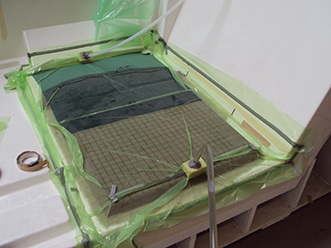
RTM
More especially suited to large series production and parts requiring a good surface finish on both sides and/or controlled, regular thickness, RTM is becoming the norm in some fields of activity. Now well controlled, including on very large moulds, this technique participates in the reduction of styrene emissions into the atmosphere.
In addition, with digital equipment we can now produce the die and punch models simultaneously and then reposition the 2 tools with centering units to guarantee constant part dimensions.
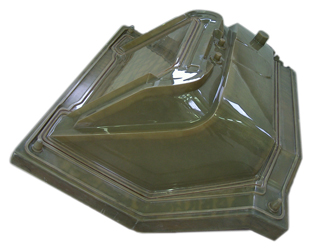
Whether on contact, infusion or RTM moulds, all our tools can if necessary produce a metal or wood frame, equipped for all types of handling or specific use, rolling, lifting, turning over, etc.
Through our network of suppliers, we can equip the moulds with blowing, injection or vacuum nozzles, seals, etc.

